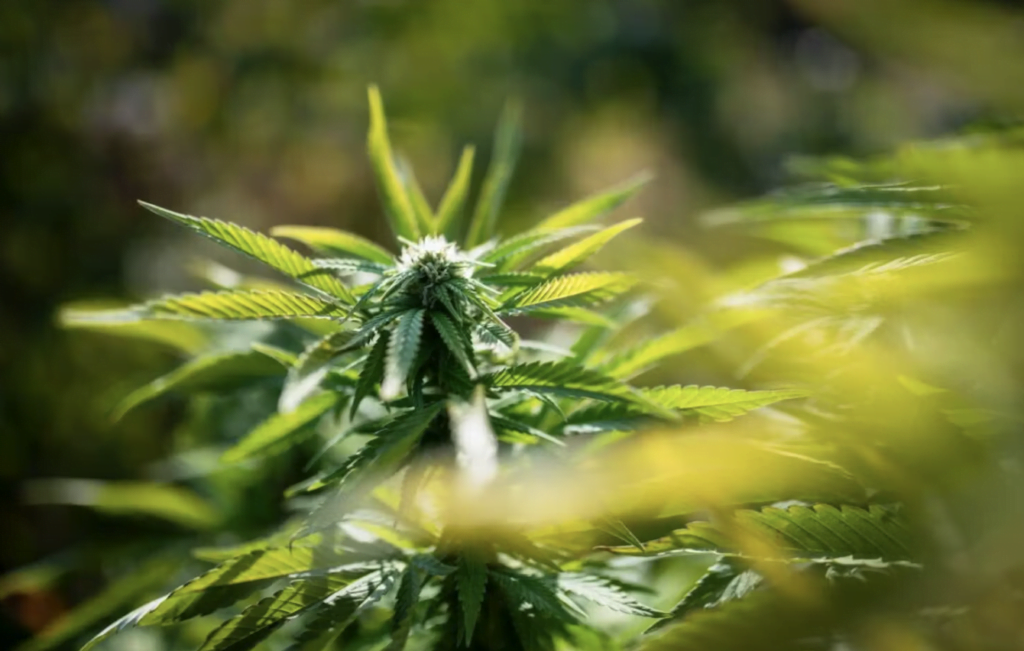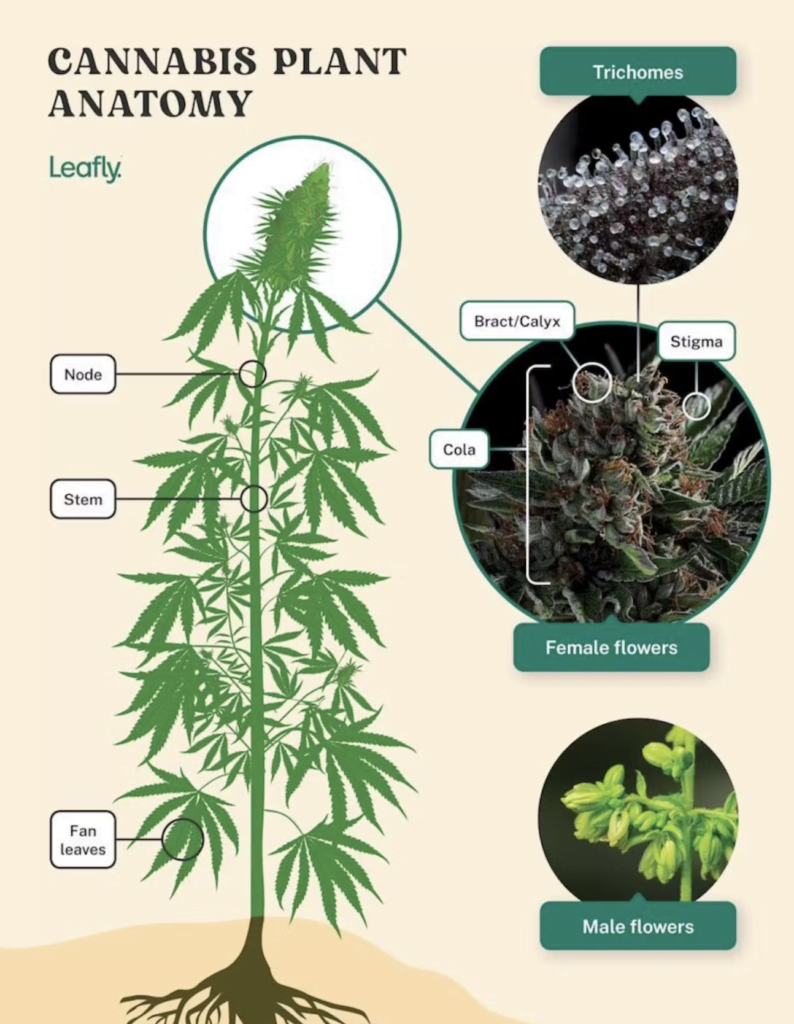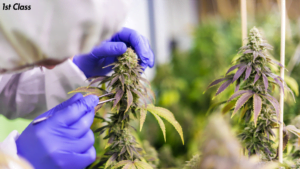
It’s more challenging than you may think to explain how smoking weed leads to the feeling of being high. For a plant that humans have been consuming for thousands of years, you’d think we’d have it pinpointed by now.
Over the years, science has been able to quantify and chart the process of getting high; however, some of those steps still hold mysteries. We know about the main compounds in the plant, but not quite all of them. We know how those compounds interact with our bodies, but not entirely. And the whole process can vary wildly depending on how much weed you consume, the environment you’re in, or your mood when you smoke.
Research into the multiple benefits of the plant and how the human body interacts with it has grown leaps and bounds in the past decade since states started legalizing the plant. But federal illegality still hinders weed research on a broad scale, leaving many questions about the process of getting high unanswered.

We all know that smoking buds from the cannabis plant gets you high. The compounds responsible for getting you high are called cannabinoids and terpenes (more below). Those compounds are contained in trichomes, which are resin glands primarily located on the buds of cannabis plants.
When you smoke bud, cannabinoids and terpenes are activated by heat and enter your lungs and body. These compounds can also be extracted from the plant and used to make hash, edibles, concentrates, vape carts, and other forms of weed.
source : www.leafly.com/learn/beginners-guide-to-cannabis




